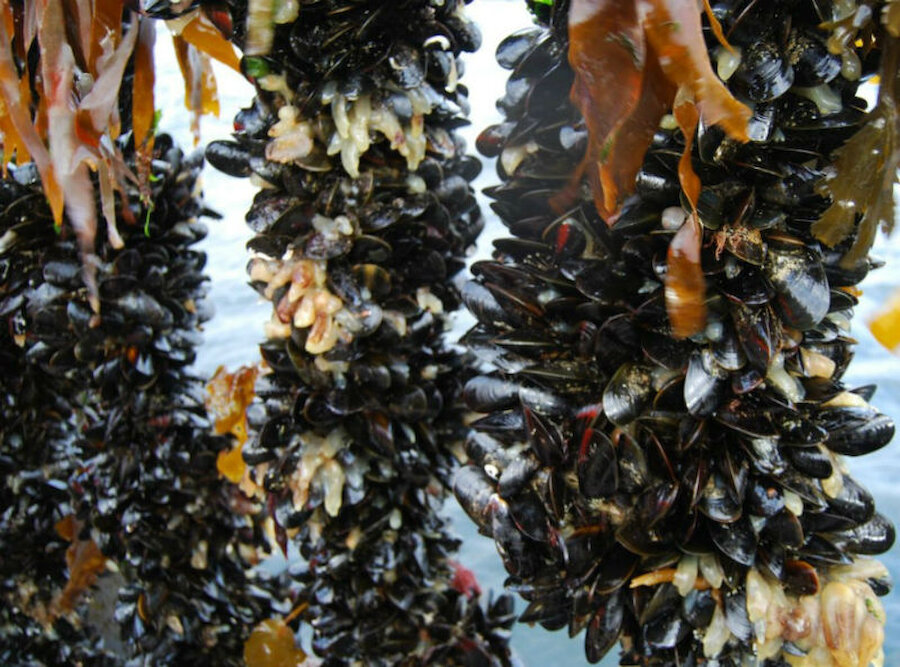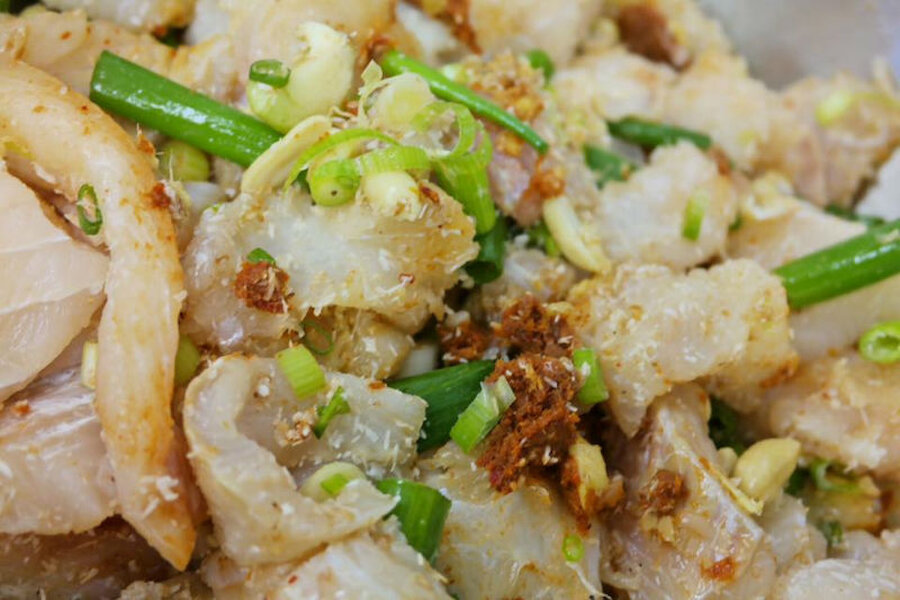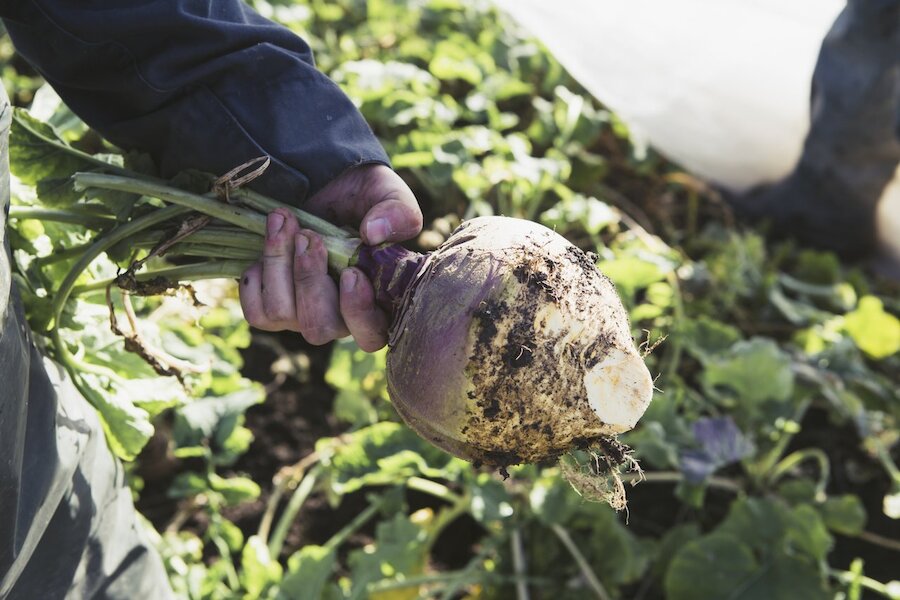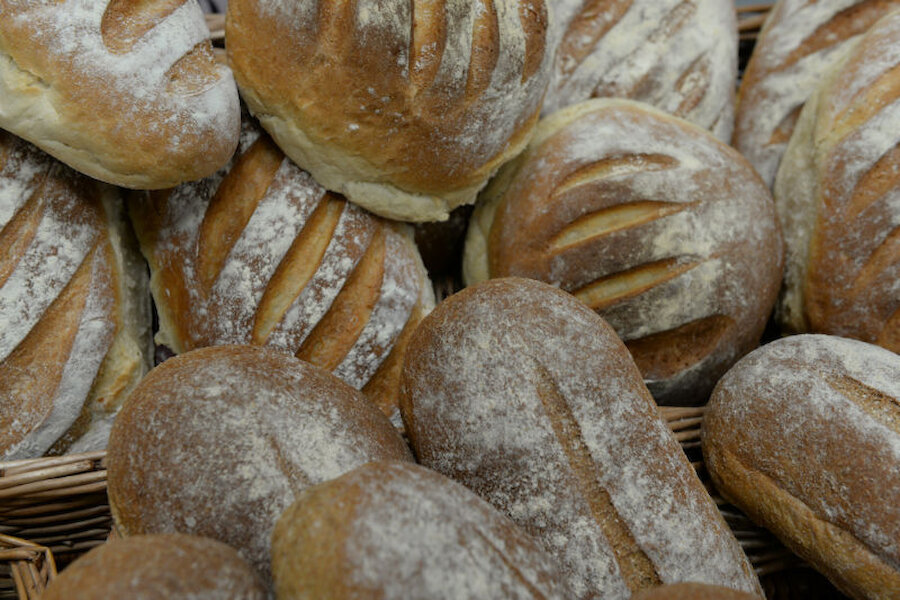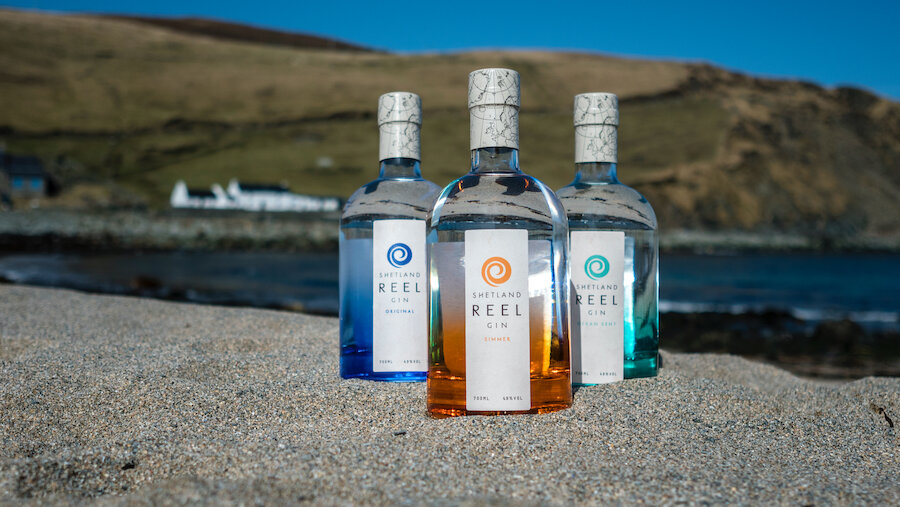Fish and shellfish have been a vital part of the Shetland diet since men and women first settled in the islands more than 5,000 years ago. They knew that the seas were productive and, today, one of the joys of living in the islands, or in visiting them, is the wonderfully fresh fish that’s readily available in local fishmongers’ or restaurants.
Shetland’s seas produce great seafood all year round, and other good things such as local milk, butter and cheese, together with eggs, are permanently on the menu. However, the islands’ larder is particularly rich in autumn – or hairst, as it’s known here.
Many different species are caught, with haddock, herring, cod, ling and mackerel always popular locally. Locally-smoked haddock and salmon are outstanding. There are lobsters and crabs around the coast, too, and mussels have quite recently been added to the list of local delights. Apart from the simple act of suspending ropes in the sea, no human intervention is involved in growing them and they’re delicious.
History fanatic Bruce Fummey explores 5,000 years of civilisation at Jarlshof – and is fascinated by previous generations' love of shellfish. Watch his film here
However, autumn also sees a harvest from the land. Many kinds of vegetables are raised in Shetland, with potatoes the staple; the Shetland Black is deservedly celebrated. Carrots, turnips, cabbage, kale, onions, leeks and beetroot are grown outdoors. For the increasing numbers of people who’ve invested in a Polycrub – the storm-proof Shetland take on a polytunnel – pretty much any temperate-region crop is possible, and locals are now getting used to sampling their very own strawberries, raspberries, apples, pears, plums and much else.
Then there’s lamb and beef. Shetland native lamb is protected and deservedly so; grazing on grass, heather moorland and sometimes seaweed, it has a really delicious flavour. Local beef isn’t produced in large quantities; nevertheless, the meat from the native Shetland breed of cattle is particularly fine. And then there are local delicacies such as sassermaet, sausagemeat’s much tastier Shetland cousin, and of course reestit mutton, which has been brined and air-dried; it finds its way into a potato soup that’s part of any Shetland celebration.
Shetland food isn’t just about these raw materials, though. The islands are fortunate to have a range of enthusiastic cooks and bakers, and we have some very skilled confectioners and chocolatiers, too. Local bread comes in many varieties and oatcakes made with sea-water are especially tasty. There’s chutney and pickles, too.
Shetland has also produced beer for many years, initially in Unst but also, more recently, in Lerwick. Gin is available too, and there's also whisky that’s been distilled and matured in the islands.
The quality and freshness of local food is one of the islands’ great strengths, whether you’re a local or a visitor.

